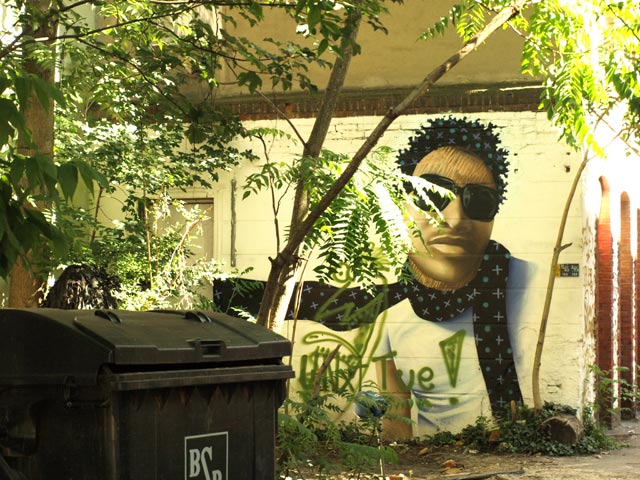 I have to admit: I am embarrassingly delayed. I am writing this short column on my flight to Los Angeles months after visiting Berlin and Rome. But, even if most of the visited exhibitions are over already, the heart of the impressions and experiences still remains the same. It is still worthwhile experiencing both cities, in summer, fall, winter or springtime!
I have to admit: I am embarrassingly delayed. I am writing this short column on my flight to Los Angeles months after visiting Berlin and Rome. But, even if most of the visited exhibitions are over already, the heart of the impressions and experiences still remains the same. It is still worthwhile experiencing both cities, in summer, fall, winter or springtime!
I didn ́t visit Berlin for such a long time, not for work and not even visiting friends. This year I decided to take a break in Berlin on my way to Hamburg in July. Arriving at Tegel airport (due to the ridiculous delay of the opening of the new airport) and with a huge flight delay, I had the impression to visit the province. But everything was quite comfortable, the public transport working perfectly and the people very friendly and helpful. Taking the public transport is so easy in Berlin. Sitting in the tram contemplating the world outside, I realized the creativity of the people choosing the most impressive and funniest names for their bars, cafés, and shops: “Gestatten Quist mein Name” (May I introduce myself? My name is Quist), “Stadt Land Fluss (the name of a kid ́s game “TownLandRiver), “Schöne Möbel und ein wenig Kunst” (Beautiful furniture and a little bit of art), etc.
Despite the financial problems which the city of Berlin has to face as well, the museum world and the exhibition culture are still functioning. The fact is, that people in Berlin seem to become very creative in critical times, they invent new ways of collaborations, exhibitions, panels, etc. I was overwhelmed by the quality and diversity of the shows I saw. Particularly the Alfredo Jaar trilogy “The Way it is. An Aesthetics of Resistance” in different institutions:
NGBK (Neue Gesellschaft für Bildende Kunst), Berlinische Galerie and Alte National- galerie. Three totally different spaces. The first one a private association born in the seventies out of the need to create a small independent art institution, which today consists of an exhibition space and a bookshop where you can find some amazing philosophical and art books at unbeatable prices. The NGBK show presented his performance projects “Studies in Happiness” from the seventies. The exhibition at the Berlinische Galerie had a special impact on me. Jaar was able to circumscribe the genocide in Rwanda in the nineties in a shocking and aesthetic way at the same time. And the Alte Nationalgalerie integrated some of his installations into the classical paintings of their collection.
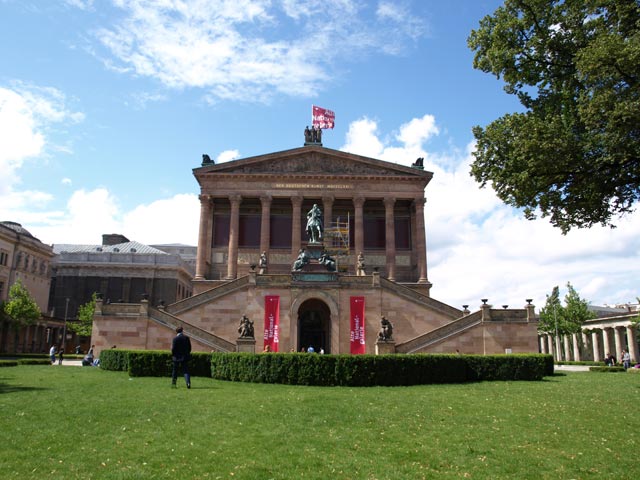
The two-part exhibition by Mexican artist Gabriel Orozco “Asterims” at the Deutsche Guggenheim was impressive as well, telling the story and talking about the destructive effects of plastic. He gathered plastic and commercial waste from a protected coastal biosphere in Baja California, Mexico, contaminated by the plastic flow in the Pacific Ocean (“the great Pacific Garbage Patch”), and a playing ground nearby his house in New York City, capturing his main subjects of interest: traces of erosion, poetic encounters with banal materials, and the stressful collision between nature and culture. Beautiful and impacting at the same time.
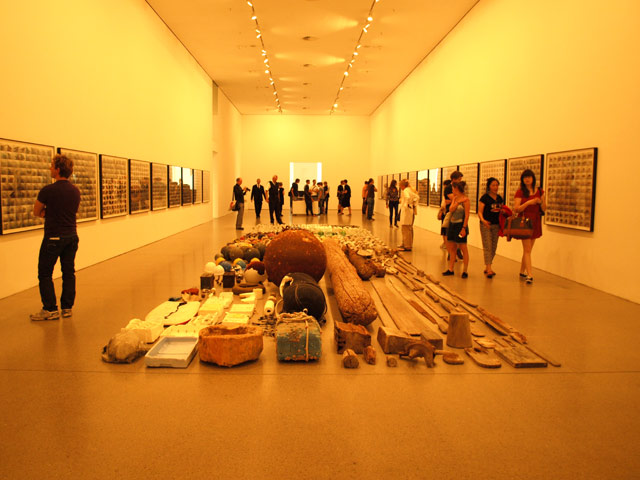
The Paul McCarthy installation “The Box” at the Neue Nationalgalerie on the upper gallery was a huge wooden box in which he built his artist studio: 3000 objects, tilted 90 degrees. The exhibition description says: “Due to the rotation, it becomes an almost surreal spatial experience”. Well. The provocative peculiarity of his work got lost on the way.
The other aim I had was meeting galleries and curators as well as artists. I went to see the spaces and meet the directors of Kavi Gupta Gallery (Marc LeBlanc) and Thomas Schulte. The first, a dependance of the renown Chicago gallery who represents one of my favorite artists today, Theaster Gates, has a humble space in an old typical building near Potsdamer Strasse where the director focuses on painting. Thomas Schulte runs a representative huge space in the Charlottenstrasse, during that time running an exhibition by Alfredo Jaar, coinciding with the museum shows, of course.
Momentum Worldwide, a curatorial office consisting of the two directors Cassandra Bird and Rachel Rits-Volloch who focus on video screenings by international artists in Berlin, has this fresh way of experiencing Berlin as a place where things can still happen. They moved to Berlin from Australia and England and combine international presence with local projects in Berlin (meanwhile Cassandra has moved back to Australia to co-direct the Roslyn Oxley9 Gallery in Sydney).
On a gallery opening I bumped into Thomas Eller. An impressive creator of ideas, not only as an artist but also as a curator and artistic mover. The former executive director of artnet Germany, who was also directing the “Temporäre Kunsthalle” in Berlin, is currently the organizer of a circle of panel discussions four times a year in the Berlinische Galerie, besides focusing onto his artistic work again (www.thomaseller.com).
I had drinks with the writer and musician Michael Ebmeyer, whose recent project was the script for the successful German movie “Ausgerechnet Sibirien” (Lost in Siberia). We know each other for years, he collaborated in one of my publications in Hamburg many years ago, and I adore his humorous and human writing style.
I enjoyed Berlin very much, the weather was wonderful, which was a plus, of course. The atmosphere in the entire city, despite of too many tourists, was inspiring, the prices of coffee, drinks, lunch and dinner are still affordable, which is amazing for a world capital. And it is still a melting pot of intellectual ideas and a meeting point of inspiring people.
I know that Berlin has become a very fashionable traveling and residence destination and therefore maybe has lost a bit of its authenticity, but it is still cool and worthwhile a visit, particularly in summer.
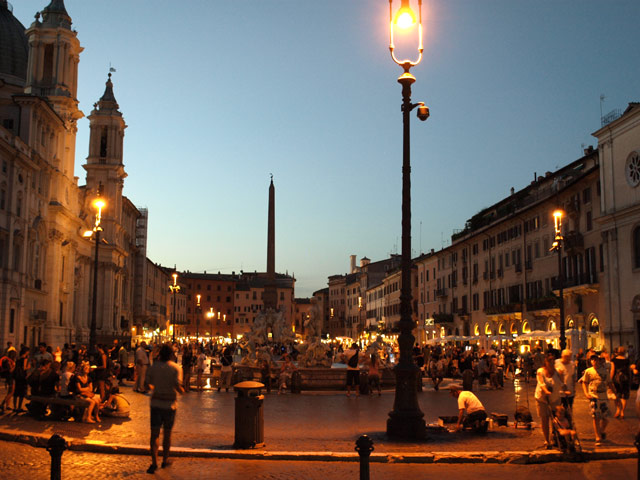
Weeks later at the end of August, after the deserved summer break, I went to Rome for some meetings and to visit friends. It was still the time of “ferragosto”, the hot summer time when all Romans are still on vacation on the Italian coast, the city is still lazy and not really Roman, millions of tourists are still overpopulating the Fontana di Trevi and all the beautiful piazze, but the museums are amazingly quiet. I arrived at Fiumicino airport and, instead of taking the overpriced train to Stazione termini, I took one of the bus shuttles, Terravision, which costs 8 € return. It took me to Termini in only 35 minutes and from there a bus to the place of my friend near Villa Ada. If you visit Rome, buy a pass for several days for the public transport. It is easy to use, has a great system and is reliable. Besides it is more sustainable than always riding a taxi.
Despite of Rome not being real Rome, I enjoyed every moment. Bernini and his wonderful architecture. His rival Borromini. Rome is a huge museum. Contemporary art, of course, is not a focal point of the city, but visiting MACRO and MAXXI were nice experiences. MACRO functions as a multifaceted cultural center with diverse exhibition spaces, very centrally located I visited the exhibition “NEON: La materia luminosa dell’arte”, curated by David Rosenberg and Bartolomeo Pietromarchi (the museum’s director) with works by Tracey Emin, Pier Paolo Calz
olari, Jason Rhoades, Mario Merz, Pedro Cabrita Reis and others. The MAXXI is definitely at the end of the world in a sleepy neighborhood. And it has space, so much space, labyrinths and some galleries totally empty. Built by Zaha Hadid, the structure is very concrete and sophisticated, but not made to embrace the visitor and guide him through the exhibition, besides, the curatorial concept remained unclear to me. The Lucy + Jorge Orta project though was worthwhile traveling the whole way out to he MAXXI.
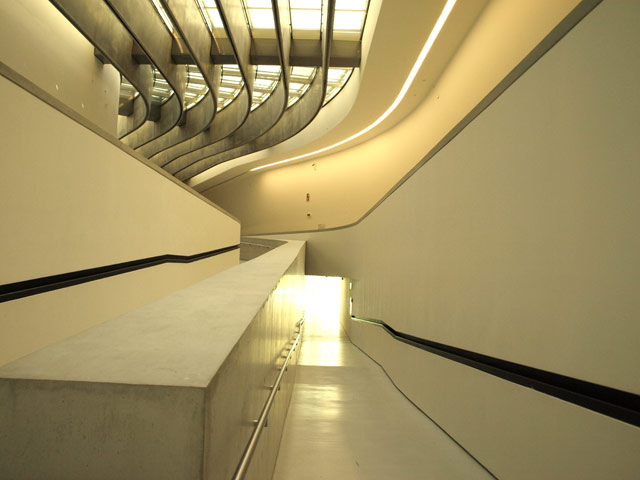
The Galleria Nazionale d’ Arte Moderno was a nice surprise. Two time lines cross: The classical architecture together with classical art and the more modern and contemporary. The museum has this specific elegance, an atmosphere with huge and smaller galleries which allows to breathe and gives peace and serenity to reflect what art really is, not for whom it serves and by which star artist and star curator as well as collector it was made and presented. Though the Andy Warhol exhibition “Headlines” was definitely a bow to stardom.
And then of course the classical musts when you are in Rome: The Villa Borghese with Caravaggio, Tiziano, Bernini, Botticelli and others; Fontana di Trevi, the Spanish Steps, the Colosseum, etc. My visit to the Vatican Museums (take your time for queuing and strolling through the galleries) deserves a separate article, too many impressions.
After the Vatican Museums, I took the bus number 23 to Piazza di Rovere, walking up the hill to Traffico Giancolo and from there the 115 to go to the Chiesa San Pietro. This bus line is a must! It crosses the complete Garden of Giancolo and you get the most breathtaking view over the eternal city from up the hill. It is like being in heaven. Bramante ́s masterpiece of the High Renaissance, part of the Chiesa San Pietro, a temple within a temple, was recommended to me by a friend. And though I came 15 minutes late, it was already closed at 12:30 pm, it was worth the tour only seeing it from outside. Total serenity and symmetry.
Walking down the Via di San Pietro in Montorio, a little passage, then crossing the street and taking the tiny Vicolo del Cedro, a magic little path with small houses, I stopped at the “Antilia” to have a drink and a sandwich sharing the terrace with a huge group of East European monks, a different world.
Oh, there are still so many more sweet memories of that summer excursion to Rome, they will fill another article. But if you are downtown, you have to have a delicious cappuccino at the Antico Caffè della Pigna at the Piazza della Pigna, 24/A behind the Pantheon (also an emblematic building to visit) and the nearby Libreria di Cave, Via Santa Caterina da Siena, 65, a precious remnant of better times, a library where you can get lost for hours in a different time capsule – if you are a bibliophile – searching for old books of philosophy, medicine, literature, art and so on. The owner doesn ́t speak much, but is very helpful when you ask him. And the best fish dishes for unbeatable prices in town, the incredibly authentic atmosphere of an Italian home kitchen in the Mediterranean countryside included, you will find at the Fish Market, Via di Pietralata 149. An absolute must!
All roads lead to Rome. I hope mine will lead me again to this seductive città very soon.

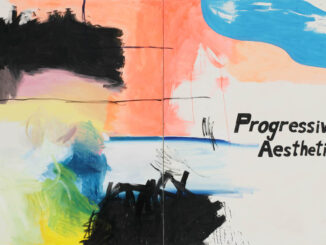
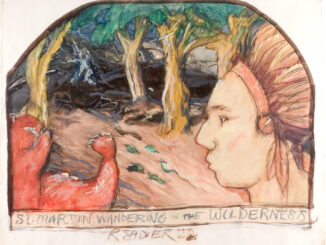
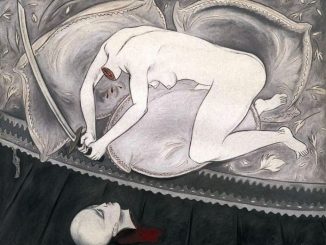
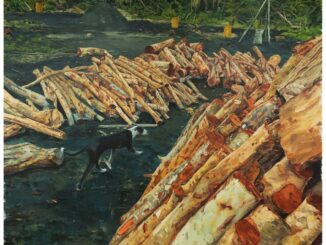
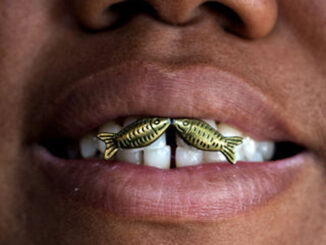
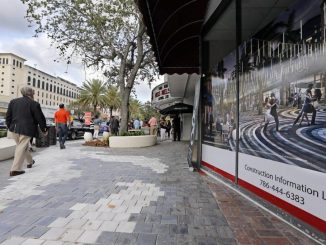
Be the first to comment